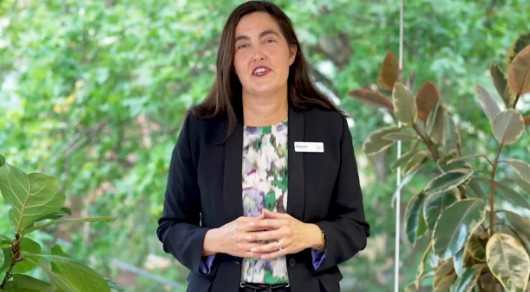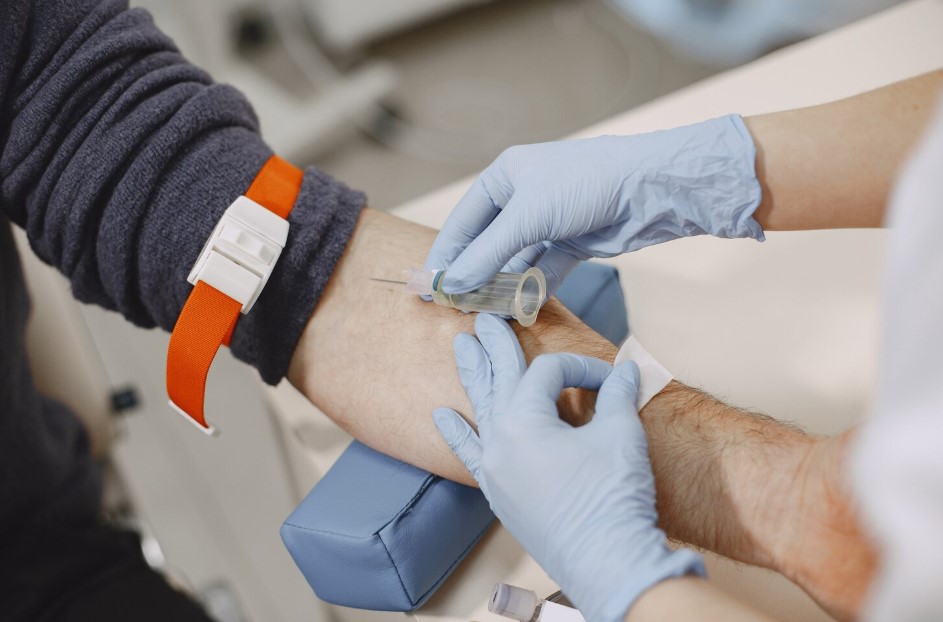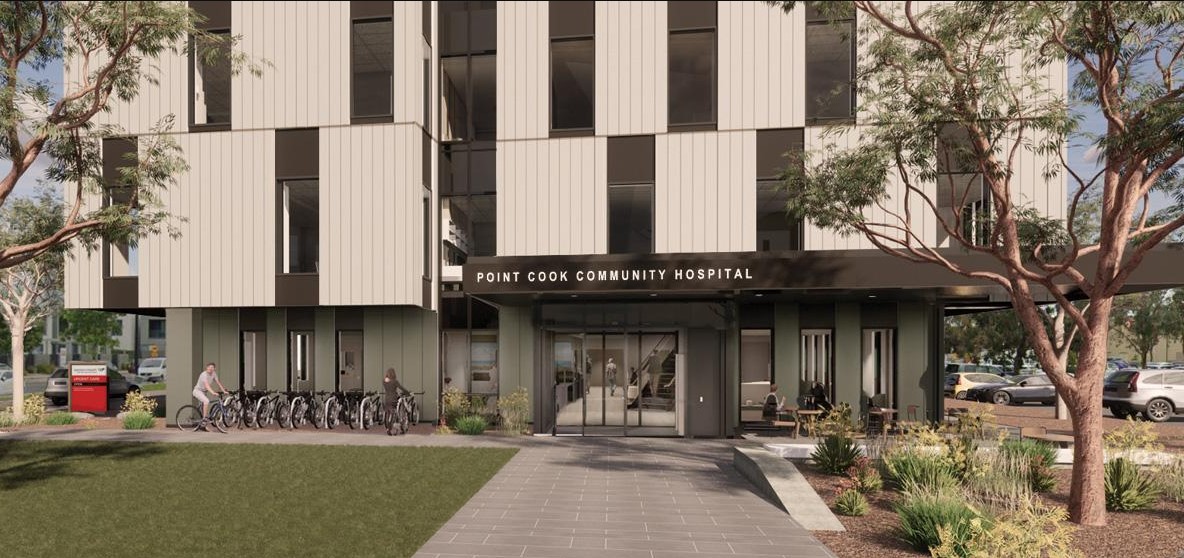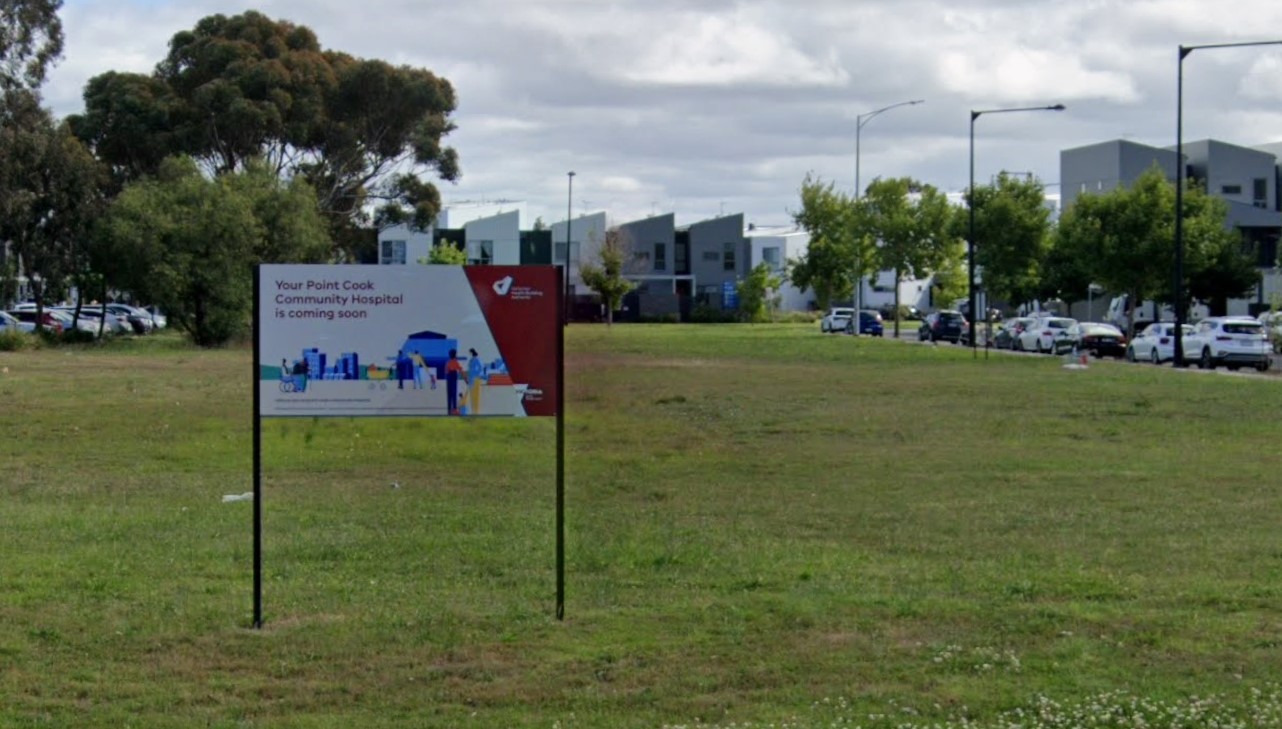18
Aug 2024
How Australia’s Top Hospitals Business Hired a Supermarket Executive
Published in News on August 18, 2024

Ring the bell—Ramsay Health Care is entering a new era with a significant CEO change. Outgoing CEO Craig McNally, a key figure in shaping the company into a major global private hospital operator over nearly four decades, is stepping down. His successor, Natalie Davis, arrives from Woolworths and brings experience leading businesses through times of uncertainty.
A former McKinsey partner, Natalie Davis, joined Woolworths a decade ago to help revamp its supermarkets. She managed Woolworths’ 180-store New Zealand network during the COVID-19 pandemic and later led the Australian supermarkets division, one of the top executive roles in Australian corporate life. She missed out on the Woolworths CEO position earlier this year.
One is a business builder with deep roots in Ramsay, known for expanding its footprint, while the other is a turnaround expert with a background in technology.
So, what should we expect at Ramsay?
Chairman David Thodey, who took over from long-time Ramsay insider Michael Siddle late last year, is seeking a different skill set. Instead of another executive steeped in hospital expertise and growth, Thodey is bringing in a leader with a strong background in transformation and consulting. This shift focuses on broad business processes and principles rather than just industry-specific knowledge.
Thodey’s choice signals a push for change and fresh perspectives, acknowledging the evolving landscape of private health in Australia and beyond. This new direction builds on the transformation efforts started under McNally, who spent 36 years with Ramsay, including the last seven as CEO.
Investors will watch closely for capital discipline and how the new leadership addresses these priorities.
Fifteen years ago, Ramsay Health Care shifted its focus overseas due to restrictions on its Australian growth. It expanded into Asia, Europe (including France), and the UK. However, these international ventures have not performed as well as its Australian operations. The returns on capital investments abroad have been disappointing, similar to Lendlease’s experience, where asset growth did not translate into better earnings.
Ramsay, investors, and analysts are aware of this issue, leading to a gradual retreat and repatriation of capital. The first step was selling its Sime Darby hospital unit in Asia last year, and the company is now considering options for its significant investment in Ramsay Sante in France.
The ongoing deliberations about Ramsay Sante are a key reason why outgoing CEO Craig McNally will stay on as chairman until June 30 next year. Natalie Davis will begin her role as CEO on October 1.
Strategic changes at Ramsay take time. Unlike Lendlease, Ramsay cannot simply exit and move on; its core business is hospitals, which means it must maintain its commitment to patient care and not disrupt stakeholders.
However, change is coming, and investors are eager for it. Ray David from Blackwattle Investment Partners, who has advocated for a shift in Ramsay’s approach, notes that the new focus on large-scale transformation reflects the evolving Australian healthcare landscape. This shift requires rethinking both the expansion strategy and portfolio mix.
Investors are particularly keen on seeing disciplined capital spending. While McNally implemented some controls on capital expenditure, there is pressure for more stringent measures. As for Natalie Davis’s approach to capital discipline, her track record at Woolworths suggests that while she has strong credentials, capital discipline may not be her strongest area. Only time will tell how she will handle this challenge at Ramsay.
McNally’s planned retirement was expected, but hiring a supermarket executive to succeed him was unexpected. While private hospitals and supermarkets share some similarities—both are large, politically influenced industries with extensive staff and site-based management—they are fundamentally different. Woolworths’ customers visit regularly, while Ramsay’s patients typically come only once in a lifetime.
Both sectors are leveraging technology to enhance efficiency and business operations. David Thodey focuses on this at Ramsay, viewing technological advancements as a critical solution for both Ramsay and the broader healthcare system.
In a recent podcast with former David Jones CEO Paul Zahra, Natalie Davis discussed her tenure at Woolworths, including her strategies for turning around the supermarkets and handling the COVID-19 crisis. She highlighted her experience leading businesses through significant challenges, which may be relevant as Ramsay undergoes substantial changes.
Davis shared two key pieces of advice from her career: spend time in the field and engage with people to understand the core of the business. These insights are likely applicable to managing private hospitals as well, especially in terms of improving patient experience and operational efficiency. For instance, enhancing hospital stays furnished accommodation options can significantly impact patient satisfaction and operational smoothness.
Davis also emphasized that embracing new challenges can be a valuable learning experience. Ramsay represents a significant challenge—McNally and his team have built a strong asset base, and now it’s up to Davis to ensure it continues to effectively serve patients, doctors, and investors in the future.









